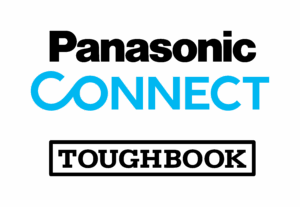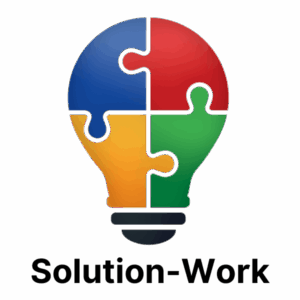A.T.U Auto-Teile-Unger GmbH & Co. KG
Weiden in der Oberpfalz, Home Office
GELITA AG
Memmingen, Göppingen
GUT Certifizierungsgesellschaft mbH für Managementsysteme Umweltgutachter
Berlin
Meistgelesene Artikel

18. Dezember 2025

16. Dezember 2025

8. Dezember 2025

1. Dezember 2025

1. Dezember 2025






